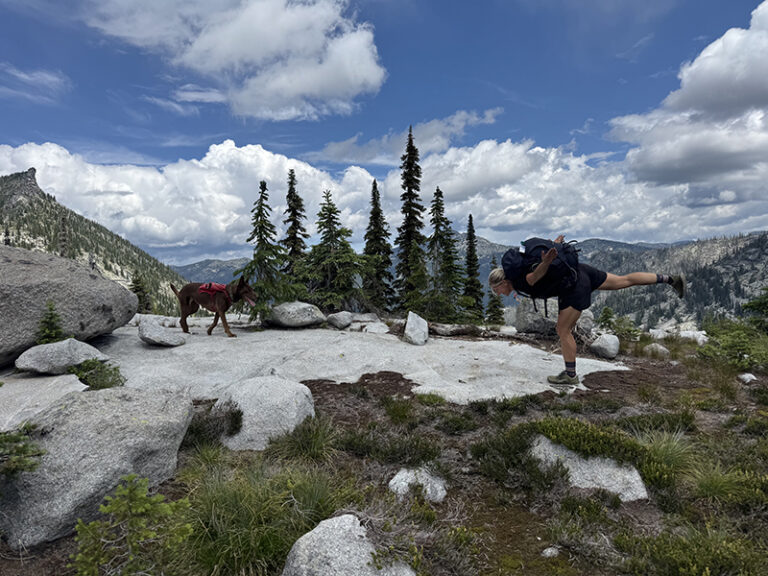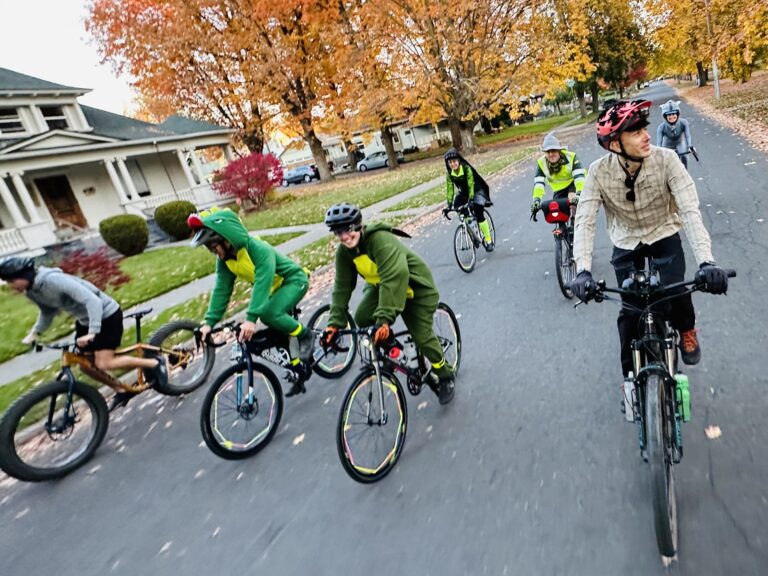Feel that winter chill in the air? Like many, I run on trails year-round, and I adjust my clothing and gear with the weather. Some people like to wear slip-on gadgets for their running shoes, or clothing with the latest and greatest material. I have tried several types of clothing, running shoes, traction devices, screws in my shoes, you name it. It boils down to personal preference.
It’s important to stay warm and dry when you run in the winter, and that means you will need to invest in comfortable winter running clothing. Excluding hats and gloves, winter running clothing generally covers three areas: tops, pants, and shoes. Tops can include a base, middle, and an outer layer. Base layers should keep the moisture away from your skin as much as possible, which will keep you warmer. The most common material is polyester; it’s cheap and can be made from recycled materials. If the weather isn’t too wet then I like polyester, but my preference is Merino wool. The plus side of Merino wool is that it’s a natural fiber that wicks moisture and keeps you warm even when it gets wet. The downside of Merino wool is that the higher the Merino wool content, the more expensive the product is. A lot of companies offer a wool/poly blend material that works fine. Some people like to wear a middle layer for additional warmth. Outer layers should keep the wind and rain out as much as possible, and this is where it’s important to spend a little more money on a high-quality running shell. Most shells are nylon or polyester and sometimes have a special coating to make them water-resistant. When shopping for a running jacket, look for one that has taped seams or opt for Goretex. You will spend more money, but Goretex is very durable and breathable. You don’t typically need as many pant layers because your legs will keep warm from constant movement. However, some people do like to wear thick running tights or a breathable baggy tight over their regular running tights.
I could spend hours just talking about socks. Keeping your feet warm, dry, and blister free is essential. I stay away from bulky socks and wear a Merino wool blend sock made for running. I even like toe socks a lot more than I thought I would. If the trail is going to be slippery, wear traction devices on your shoes. Yak tracks are easy to put on and take off as surface conditions change. Or if you want to save money, install quarter-inch sheet metal screws on the bottom of your shoe (see YouTube for how-to videos).
Don’t overdress, and start off cold. Running takes a lot of energy, which means you will generate a lot of body heat. The last thing you need is to be soaking wet from sweat. If you are going for a long run and the weather is going to be challenging, consider carrying extra clothing. You can keep your clothing in a freezer bag and stuff it in your hydration vest. If it is going to be especially cold, pack some hand warmers. // (Dave Dutro)
Dave Dutro is an avid trail runner, mountain biker, hiker, and co-founder of the Trail Maniacs. Read about Trail Maniacs events and activities at www.trailmaniacs.com.













